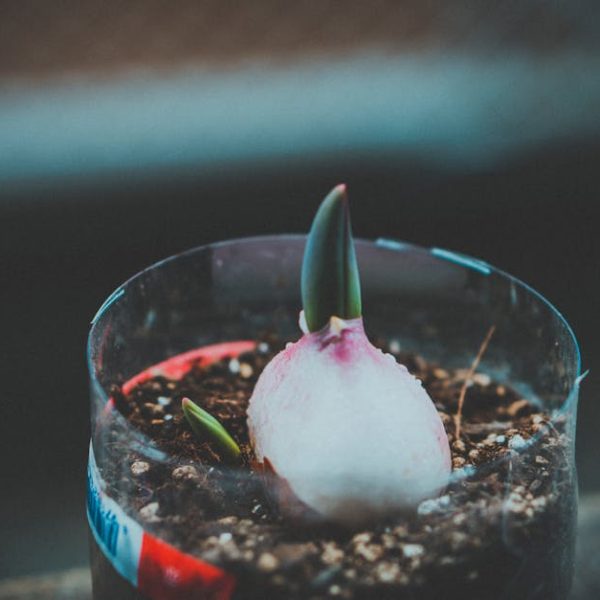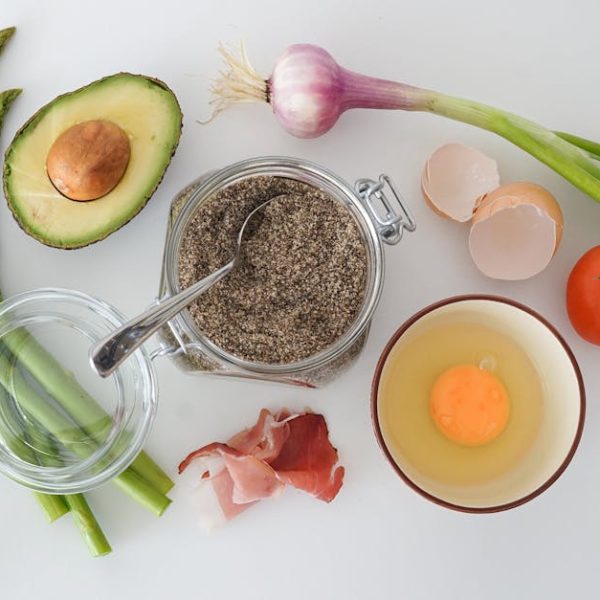The secret to a tantalizing, vibrant salad lies not only in the combination of ingredients but in the freshness of its components. Crisp, fresh leaves, juicy fruits, and crunchy veggies transform a mundane salad into a culinary delight. From artisanal lettuce leaves to juicy cherry tomatoes and crunchy cucumbers, every component of your salad deserves to remain fresh until it reaches your fork. How do you achieve this? The answer lies in seven genius methods that keep your salads crisp and fresh even while in storage.
Understanding The Science of Keeping Salad Fresh
Your fresh veggie salad meets several elements throughout its journey from farm to fork, and these can cause your salad to wilt or spoil. These elements include exposure to air, temperature fluctuations, and incorrect storage. Oxidation occurs when your salad greens are exposed to air, leading to browning and wilting. High temperatures can also contribute to the wilting of the salad, especially delicate green leaves.
Proper storage and preparation are paramount in keeping your salad fresh. This requires an understanding of how different ingredients react to air, heat, and moisture, ensuring you store them appropriately.
Key factors that contribute to salad spoilage:
- Exposure to air leading to oxidation
- High temperatures causing wilting
- Moisture build-up that leads to sogginess
- Cross-contamination with other fruits and vegetables
- Biological spoilage due to bacteria and fungi
New Age Leaf Washing Techniques
Washing your salad greens not only removes dirt and possible pesticide residue but can also contribute to the freshness of your salad. But, it has to be done right. Gently wash salad greens in a basin filled with cold water. After washing, drain the water then spin or pat your leaves dry.
Pro Tip: Use commercially-prepared salad washes for effective cleaning, especially for sturdy vegetables.
Effective Use of Salad Spinners
After washing your salad greens, nothing beats the efficiency of a salad spinner to dry your leaves. A salad spinner, a plastic bowl with a removable strainer and a mechanism to spin the strainer, helps remove excess water from your salad greens.
To use a salad spinner, you place the wet greens into the strainer, close the spinner, and manually activate the spinning action. This forces the water off your leaves and into the bowl, leaving your greens dry and ready for use.
Pros and Cons of Using a Salad Spinner:
| Pros | Cons |
| Offers an efficient and quick way to dry salad greens | Takes up considerable storage space |
| Reduces the risk of bruising delicate leaves | May not be suitable for all types of salad greens |
Importance of Proper Salad Layering
Want to pre-make a salad without losing the freshness of your ingredients? Proper salad layering is your solution. Start with harder, sturdier vegetables at the bottom of your salad container, such as carrots, cucumbers, or bell peppers. Then add softer ingredients, like tomatoes or boiled eggs. Lastly, add your delicate lettuce and herbs.
Pro Tip: Always place your salad dressing on the side, not inside the salad layers, to maintain the crispiness of your vegetables.
Checklist for Proper Salad Layering:
- Begin with hard, sturdy vegetables
- Next, add softer ingredients
- Top with delicate lettuce and herbs
- Keep dressing separate until ready to serve
The Role of Refrigeration in Keeping Salad Fresh
The magic of preserving salads lies largely in refrigeration. Refrigerators maintain an optimal temperature to slow down the process of oxidation, wilting, and bacterial growth. They also provide a dry, airtight environment for your salad.
When storing salads in the refrigerator, always ensure they are in airtight containers or tightly wrapped to prevent excess moisture and odors from other food. Moreover, avoid storing the salad at the refrigerator door, where temperature fluctuations are common.
Pro Tip: Glass containers are better for storing salads as they do not absorb smells and can be cooled quickly in the refrigerator.
Avoiding Common Mistakes in Salad Preparation
A good salad can go bad rapidly due to mistakes in preparation. Overcrowding the salad container, cutting the greens too early, and adding dressing or salt prematurely can accelerate the wilting process of your salad.
By avoiding these mistakes, your salad can remain fresh and crisp till it’s time for your meal.
Common mistakes and their solutions:
| Mistake | Solution |
| Cutting greens too early | Cut only when ready to assemble the salad |
| Overcrowding the salad container | Use appropriately sized containers to avoid crushing the ingredients |
| Adding dressing or salt prematurely | Add dressing and salt just before serving |
The Use of Freshness-Enhancing Products
Beyond all the mentioned techniques, consider the use of freshness-enhancing products like salad bags or moisture-absorbing papers. These products are designed to absorb excess moisture and thus, prolong the freshness of your salad.
While they may come with an extra cost and may not be completely foolproof, their benefits can’t be overlooked especially when you continuously strive to have fresh and crisp salads.
Pros and Cons of Using Freshness-Enhancing Products:
| Pros | Cons |
| Efficiently reduces excess moisture | Involves an additional cost |
| Extends the freshness of the salad | May not be 100% foolproof |
Maintaining the freshness and crispness of your salad does not require any complex procedures. By simply understanding the different elements that contribute to spoilage, employing effective washing techniques, using a salad spinner, properly layering your salad ingredients, appropriately storing your salad, avoiding common preparation mistakes, and leveraging the benefits of freshness-enhancing products, you can have a tantalizing salad that not only appeals to your palate but also your health. Indeed, a refreshing, vibrant salad is not out of reach – it’s all in the details of preparation and storage.
Key Takeaway:
- Understanding the factors contributing to salad spoilage such as exposure to air, high temperatures, and moisture build-up helps in better storage and preparation.
- Washing techniques, use of salad spinner, and proper salad layering are critical for maintaining the salad’s freshness.
- Refrigeration plays a significant role in preserving salads, with glass containers being a preferred choice for storage.
- Avoiding salad preparation mistakes like overcrowding the container, premature cutting of greens, and adding dressing/salt prematurely can prolong the freshness.
- Freshness-enhancing products can help absorb excess moisture, thus extending the freshness of salads.
Remember, an alluring, fresh, and crisp salad is easily achievable with a bit of careful preparation and mindful storage. Keep exploring these foolproof tips and elevate not only the taste of your salads but also their visual appeal. Let’s make salads that are a feast for both eyes, palates, and health!
FAQs
Q: Can exposing my salad to air cause it to wilt?
A: Yes, exposure to air leads to oxidation which can cause your salad greens to brown and wilt. Proper storage in airtight containers or wraps can help prevent this.
Q: Are there specific products that can help keep my salad fresh for a longer period?
A: Freshness-enhancing products like salad bags or moisture-absorbing papers can be used. These products are designed to absorb excess moisture, which can prolong the freshness of your salad.
Q: Does it matter where I store the salad in the refrigerator?
A: Yes, try to avoid storing the salad at the refrigerator door, where temperature fluctuations are common. It’s better to store salads in cooler parts of the fridge for optimal freshness.
Q: What mistakes should I avoid when preparing my salad?
A: Some common mistakes to avoid are cutting greens too early, overcrowding the salad container, and adding dressing or salt prematurely. These can lead to faster wilting or spoiling of the salad.
Q: Can washing technique affect my salad’s freshness
A: Yes, washing your salad greens removes dirt and potential pesticide residue, contributing to the freshness of your salad when done right. Gentle washing in cold water followed by patting or spinning dry is recommended.
We hope this helps you enjoy fresh, crisp salads! Feel free to share this article with fellow salad lovers and explore more informative posts on our website.






